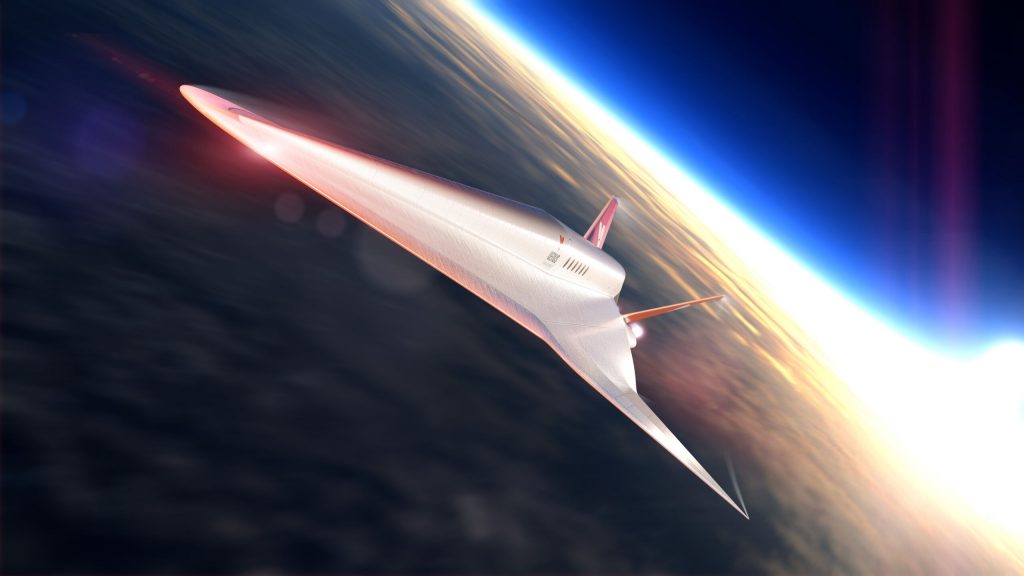Creating an aircraft that can travel at Mach 9, over 6,900 miles per hour, is Venus Aerospace’s ambitious goal. The startup, co-founded by Sassie and Andrew Duggleboy, wants to revolutionize air travel by allowing passengers to reach any destination in just an hour. The CEO acknowledges that humanity has always been captivated by the thrill of engineering objects to go faster.
“How much does the world change if you can get anywhere in an hour?” Sassie Duggleboy, CEO of the startup that she co-founded with her husband Andrew Duggleboy, told Ars Technica in a new interview.
While the fastest manned airplane in history, the Lockheed SR-71 Blackbird reached a top speed of over Mach 3, Venus Aerospace’s “Stargazer” will have the ability to carry twelve passengers and reach speeds of Mach 9. This is a significant leap from the legendary Concorde supersonic airliner, which had a top speed of Mach 2 and could carry over 100 passengers.
The Stargazer will make use of rocket engines, which will give it a ten-minute speed boost after takeoff, propelling it to over 30 miles in altitude. In comparison, commercial airliners typically fly at an altitude between six to eight miles.
The challenge for Venus Aerospace is to create an efficient rocket engine, as they are not as economical as air-breathing jet engines. Although building a powerful rocket is not difficult, efficiency is the real test, as a ten-minute burn is a long time in rocket time.
Venus Aerospace is exploring a new type of propulsion, which uses a rotating detonation rocket engine (RDRE). This experimental design has also caught the attention of NASA. While traditional rocket engines generate thrust through the combustion of propellant and oxidizer inside a chamber, RDREs create a series of controlled detonations around an annular channel.
Developing this type of engine is challenging, but the rewards are significant, as it produces more thrust with less fuel. Tests have shown RDREs to be around ten percent more fuel efficient than traditional rockets, which has a practical impact.
“It allows us to truly build a vehicle that is like an airplane,” Andrew Duggleby told Ars.
Despite the challenges, Venus Aerospace aims to design a passenger aircraft that can travel at Mach 9. This goal may seem far-fetched, but by utilizing the same rocket technology as NASA and other space agencies, the Dugglebys may be on to something.
While conventional rocket engines have limitations, RDREs have the potential to revolutionize air travel by allowing aircraft to travel faster and more efficiently.

